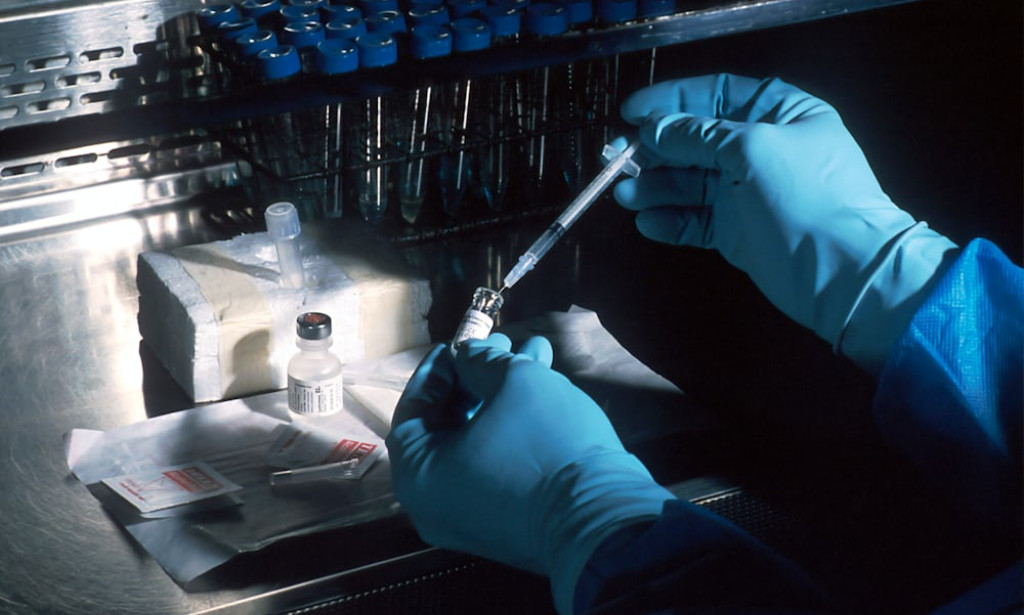TOPIC: CONTRIBUTIONS OF HERBERT BOYER TO BIOTECHNOLOGY
Email: omondi3320@gmail.com
Herbert W Boyer grew up in a small town located in Pennsylvania. During his youth, He mostly participated in playing basketball and football. However, his baseball coach who also taught him science and mathematics motivated Herbert to have a great interest in science. Later in 1959 at the end of his first year in graduate school, Herbert married Marigrace Hensler, a biology graduate who worked for a company known as Mellon Research Laboratories, a company that tested chemicals for other companies. Herbert opted to study at the University of Pittsburgh, where he was inspired by Watson and Crick's unravelling of the helix structure of DNA in 1953, he then began a doctorate investigating the fine structure of the genetic code.
While doing his doctorate at the university, Herbert started developing a fascination with how chromosomal DNA could be transferred from one strain to another. Herbert wanted to pursue his fascination further at a post-graduate level. Herbert then decided to move to the department of microbiology at the university of Yale where he worked as a research assistant in the laboratory. Much of his work was focused on small bacterial DNA molecules and how to modify DNA enzymes. In 1966, Boyer was elected assistant professor of microbiology at the University of California.
To start off, one major contribution Herbert brought to the biotechnology field was the founding of a company known as Genentech. This he did with capitalist Robert Swanson in 1976. Herbert served as Genentech's vice president from 1976 and 1992. This company was one of the first-ever biotechnology companies to be developed that participated in commercializing retroviral DNA technology. The company was also successful in the production of the hormone, insulin, using genetically enhanced bacteria. Boyer led the company during a demonstration on how bacteria could be genetically modified for the mass production of human proteins, such as insulin, and growth hormones such as somatotropin for therapy. Such projects are what helped promote the rise of the modern biotechnology industry.
To add on, Herbert’s work at Genentech made a significant and positive impact on agriculture. Retroviral DNA technology invented by Herbert has been applied to the agriculture sector and this has paved the way for improved positive happenstances such as drought-resistant crops and pest-resistant crops. These crops have also been shown to have better nutritional value and this has majorly solved the issue of food shortage in many countries.
Another major achievement of Herbert was the development of transgenic DNA technology. Herbert assisted by his partner Stanley Cohen directed the development of transgenic DNA technology in 1975. Herbert and Stanley were able to successfully transfer genetic codes from one organism to another organism. This achievement paved the way for modern scientists to utilize DNA in different activities such as cloning and genetic engineering.
Additionally, in 1966, Herbert successfully launched a project aimed at understanding how proteins can recognize unique sequences of DNA. He was able to do this using restricted enzymes that served as model systems. Later on, Herbert discovered a restriction enzyme called ‘EcoRI’ produced by a bacteria known as Escherichia coli. The advantage of EcoRI was that it could cut down DNA pieces with overlapping single-stranded ends. Soon after this discovery, Boyer launched a project with Stanley Cohen aimed at constructing and cloning recombinant DNA. Later on, in 1974, the two succeeded in their project using Herberts enzyme, EcoRI, and another enzyme known as ‘pSC101’ which then paved the way for the widespread application of genetic engineering in industrial environments and companies.
Another contribution brought by Herbert was through advancements in Biomedical Research. Herberts contributions in biotechnology such as his commercialization of monoclonal DNA technology majorly facilitated numerous advancements in bioscience research. Monoclonal DNA technology has been instrumental in the production and development of genetically modified organisms such as corn crops which are grown in the USA and golden rice which has been genetically modified to produce twenty times the beta-carotene of previous varieties. The technology has also been used in gene therapy for the treatment of diseases such as cystic fibrosis and severe combined immunodeficiency syndrome.

You must be logged in to post a comment.